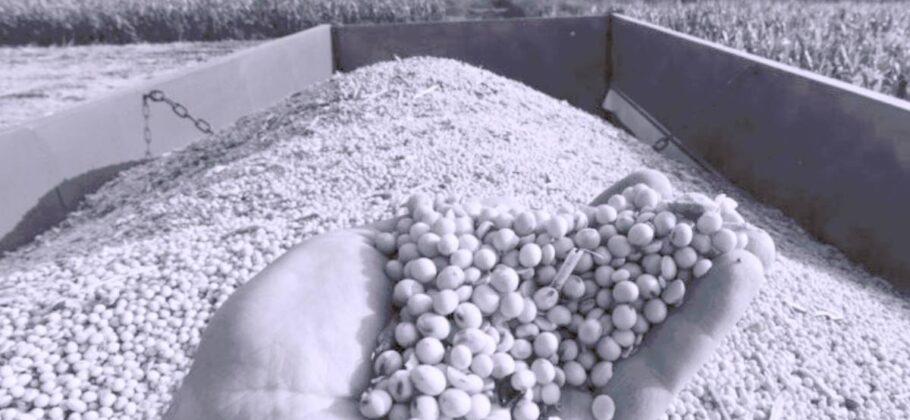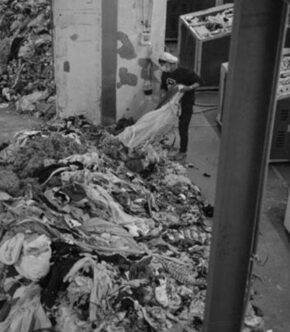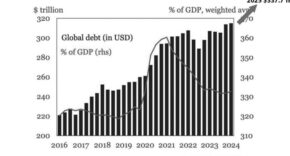President Donald Trump is preparing a major financial aid package for America’s soybean farmers after China stopped buying U.S. crops in response to his renewed tariffs on Chinese imports. The move mirrors the emergency relief measures of 2018, when the Trump administration first intervened to rescue farmers caught in the fallout of the trade war. Now, as China again retaliates with tariffs on soybeans and other agricultural products, American growers are struggling through another season of collapsing prices and vanishing export markets.
At the White House, Trump said, “I’m going to do some farm stuff this week,” confirming that new support was being planned, though the ongoing government shutdown has delayed a formal announcement. Treasury Secretary Scott Bessent said the public could expect “substantial support for our farmers, especially the soybean farmers,” suggesting the bailout could reach tens of billions of dollars.
The Chinese Boycott and Its Global Ripple
China’s decision to halt soybean purchases from the United States has crippled an export market worth over $12 billion annually. As the world’s largest buyer of soybeans, China previously purchased about a quarter of all U.S. production, primarily for animal feed and cooking oil. Since May, however, Beijing has made no new purchases, instead sourcing soybeans from Brazil and Argentina.
Beijing’s stance is part of its retaliation to Trump’s tariffs, which initially rose above 100 percent before being reduced to a baseline of 30 percent. China countered with a 20 percent tariff on U.S. soybeans, making them uncompetitive globally. Negotiations between Treasury Secretary Bessent and Chinese officials have so far failed to restart trade. Chinese negotiators have hinted that they could resume buying if Washington drops its tariffs, but no such deal has been reached.
Trump, in a Truth Social post, defended his approach: “The Soybean Farmers of our Country are being hurt because China is, for negotiating reasons only, not buying. We’ve made so much money on tariffs, that we are going to take a small portion of that money, and help our Farmers.”
Farmers Caught in the Crossfire
For growers across the Midwest, harvest season has become a time of uncertainty. In Greenville, Illinois, fourth-generation farmer Scott Gaffner described the silence from China as “crickets.” His soybeans, once destined for export, now sit in silos. “We can’t help but feel anxious wondering why it’s taking so long to get this resolved,” Gaffner said. “We don’t want the aid, we want the trade.”
Farmers say the prolonged standoff risks long-term damage to global supply chains. “Once China establishes new trade routes, it becomes more difficult for them to come back to the U.S.,” Gaffner warned. His son Cody, who hopes to continue the family business, said he would likely need a second job just to make ends meet.
In Kansas, farmer Andy Hineman echoed the same frustration. “We definitely need some type of aid,” he said, “but it’s just a Band-Aid. Some farmers will go bankrupt, others will limp through another season.”
Rising Costs and Shrinking Margins
Soybean farmers were already under financial strain before the boycott. Machinery, fertilizer, and seed costs have surged faster than inflation, while commodity prices remain below the cost of production. Economist Shawn Arita at North Dakota State University estimates that growers of major row crops—soybeans, corn, wheat, and cotton—will collectively lose $45 billion on this year’s harvest before any government payments.
Ohio farmer John Hoffman summed up the situation: “The price is very low, and the drought didn’t help. But this trade war has made it much worse.” Former Senator Sherrod Brown, now running again in Ohio, said, “We can’t do anything about the weather, but this shouldn’t be a government-induced problem.”
The Funding Question
In 2018, Trump used the Commodity Credit Corporation to fund a $20 billion bailout, but that fund is now depleted. He has floated using tariff revenue to finance the new aid package. The Treasury Department reported that the government collected about $215 billion in tariffs during the last fiscal year, though experts question whether the president can redirect those funds without congressional approval.
Republican lawmakers estimate this new round of aid could total as much as $50 billion, dwarfing previous efforts. Treasury Secretary Bessent, himself a soybean farmer in North Dakota, defended the administration’s approach: “It’s unfortunate that Chinese leadership has decided to use American farmers, soybean farmers in particular, as a pawn in trade negotiations.”
The Race Against Time
Farmers fear that if a deal is not reached soon, the damage could become irreversible. Caleb Ragland, president of the American Soybean Association, warned, “If China gets another couple of months, they’re into new crop soybeans in Brazil and Argentina. They’re going to bypass us altogether if we’re not careful.”
Analysts believe a soybean deal remains possible before Trump meets Chinese President Xi Jinping at the Asia-Pacific summit in South Korea later this month. Gabriel Wildau of Teneo called soybeans “the lowest-hanging fruit” for both governments. “China needs beans, and the U.S. has them to sell. If they can’t agree on soybeans, they don’t have much hope of reaching a deal on tougher issues.”
Between Hope and Hardship
For now, America’s farmers are tightening their belts and bracing for another uncertain season. In Minnesota, fifth-generation farmer Ryan Mackenthun said he’s cutting costs anywhere possible—running older equipment and stretching fertilizer use—to survive until trade resumes. “We’re proud of what we do,” said Iowa farmer Robb Ewoldt. “We don’t like handouts. We’d rather make it with our own two hands.”
Despite the frustration, many farmers remain loyal to Trump, believing his tariffs are a necessary step toward resetting a global trading system they view as unfair. But as silos fill and buyers vanish, even loyal supporters admit they are running out of time.











